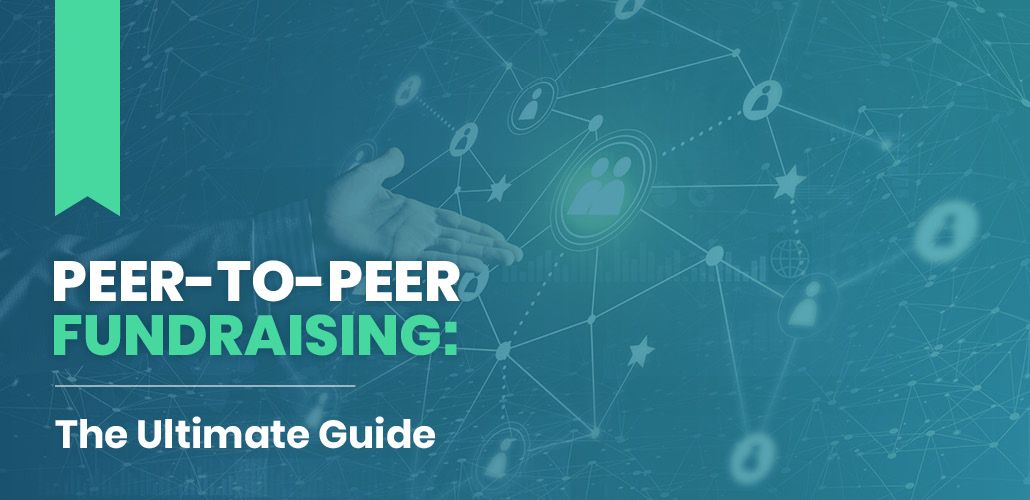The Duty of Neighborhood Engagement in Nonprofit Fundraising: Building Lasting Relationships for Sustainable Assistance
Neighborhood engagement is significantly acknowledged as a vital component of effective nonprofit fundraising. The methods and methods used to engage areas vary extensively, increasing essential inquiries regarding performance and effect.
Understanding Neighborhood Engagement
Area involvement is an important part of effective not-for-profit fundraising initiatives. Nonprofits have to identify key stakeholders-- such as community members, local businesses, and other organizations-- to create reliable involvement strategies.
Effective community engagement is predicated on energetic listening and responsiveness to the requirements and rate of interests of the neighborhood. This process includes getting responses, understanding community dynamics, and guaranteeing that the organization's mission aligns with neighborhood top priorities. Involving the neighborhood can take various forms, consisting of public meetings, volunteer opportunities, and partnership initiatives, each made to urge involvement and financial investment in the company's goals.
Additionally, area interaction ought to be come close to as a continuous dialogue instead than an one-time initiative. By promoting a comprehensive atmosphere where community voices are listened to and valued, nonprofits can build a solid foundation for future fundraising undertakings. Ultimately, a deep understanding of area interaction empowers organizations to produce genuine connections that boost their overall performance and sustainability.
Benefits of Solid Relationships
Solid connections created through area engagement return various advantages for not-for-profit fundraising efforts. Firstly, these relationships foster trust fund and reliability, essential parts in encouraging contributors to add. When prospective advocates see a nonprofit proactively entailed in their community, they are more probable to count on its mission and effect.

In addition, these relationships assist in reliable communication. Nonprofits can utilize their connections to share stories of effect, updates, and requires, guaranteeing that advocates continue to be informed and engaged. This open line of interaction not just strengthens bonds however additionally encourages word-of-mouth promo, expanding the nonprofit's reach.
Last but not least, strong area connections can draw in brand-new companions and sponsors. Individuals and organizations are extra likely to line up with organizations that show significant area participation, providing additional resources and support that can dramatically boost fundraising capabilities. Thus, cultivating robust relationships through community interaction is important to a not-for-profit's long-lasting fundraising success.
Techniques for Effective Engagement
Just how can nonprofits successfully engage their areas to improve fundraising initiatives? Establishing targeted techniques is essential for promoting meaningful links. First, leveraging social media systems makes it possible for companies to share their mission dynamically and interactively, getting to a wider audience. Routine updates, involving content, and calls-to-action can galvanize area interest and engagement.
Second, organizing community occasions, such as workshops, volunteer possibilities, or fundraising drives, helps with in person communication, allowing nonprofits to showcase their effect and initiatives. These events not only increase funds however additionally cultivate connections and enable area participants to engage directly with the cause.
Third, implementing individualized interaction strategies can enhance engagement. Tailoring messages to certain benefactor sectors based upon interests and past payments cultivates a feeling of belonging and financial investment in the organization's mission.
Lastly, creating partnerships with local companies and neighborhood leaders can intensify outreach initiatives. Joint initiatives can improve exposure and credibility, demonstrating a collective commitment to the community's well-being. By integrating these strategies, nonprofits can build long lasting relationships that enhance fundraising efforts and drive lasting assistance.
Gauging Involvement Success
While engaging the community is essential for successful not-for-profit fundraising, determining the performance of these interaction initiatives is similarly essential. Establishing clear metrics permits companies to evaluate how well they are getting in touch with their target market and achieving their fundraising objectives. Secret performance indications (KPIs) such as contributor retention prices, volunteer involvement levels, and involvement on social media sites platforms provide substantial data for evaluation.

Frequently evaluating these metrics enables companies to pivot their methods when required, guaranteeing that area involvement continues to be straightened with their general mission. Furthermore, sharing these results with stakeholders cultivates transparency and constructs depend on, encouraging additional community participation. Ultimately, a durable measurement structure not just notifies future fundraising campaigns however also reinforces the connection in between the nonprofit and its fans, laying the groundwork for lasting success.
Study in Community Effect
Numerous study illustrate the extensive impact that neighborhood involvement can have on nonprofit fundraising success. One remarkable example is the "Something to chew on" initiative, where a local food financial institution partnered with schools and companies to host neighborhood suppers. These occasions not only raised funds however additionally fostered a sense of belonging among participants, significantly boosting donor retention prices.
An additional compelling instance is the "Green Spaces Job," which involved regional residents in the revitalization of metropolitan parks. This campaign not only gathered financial backing from neighborhood businesses but also grew a volunteer base that added to continuous upkeep and programs. The sense of ownership and satisfaction among community members translated into continual i was reading this payments.
In the world of arts, the "Art for All" project efficiently involved regional artists and customers to produce collective art installations, resulting in enhanced visibility and donations for a local arts not-for-profit.
These instances highlight that when try here nonprofits focus on neighborhood involvement, they can create long lasting relationships that enhance fundraising initiatives, guaranteeing sustainable support and fostering a vibrant area culture. Such cases show that neighborhood interaction is not merely a strategy yet an important column of not-for-profit success.
Final Thought
Finally, community engagement is indispensable to the success of nonprofit fundraising initiatives. By promoting strong relationships with neighborhood stakeholders, organizations boost depend on and trustworthiness, resulting in enhanced benefactor retention and commitment. Implementing reliable involvement techniques and measuring their influence ensures that nonprofits can prosper and adapt. Eventually, a durable foundation of neighborhood assistance not only intensifies fundraising potential however also grows a society of collaboration, necessary for achieving long-lasting business objectives and sustaining significant effect.
Nonprofits have to identify essential stakeholders-- such as neighborhood members, regional organizations, and various other organizations-- to create effective engagement techniques.

In conclusion, neighborhood interaction is indispensable to the success of nonprofit fundraising efforts.